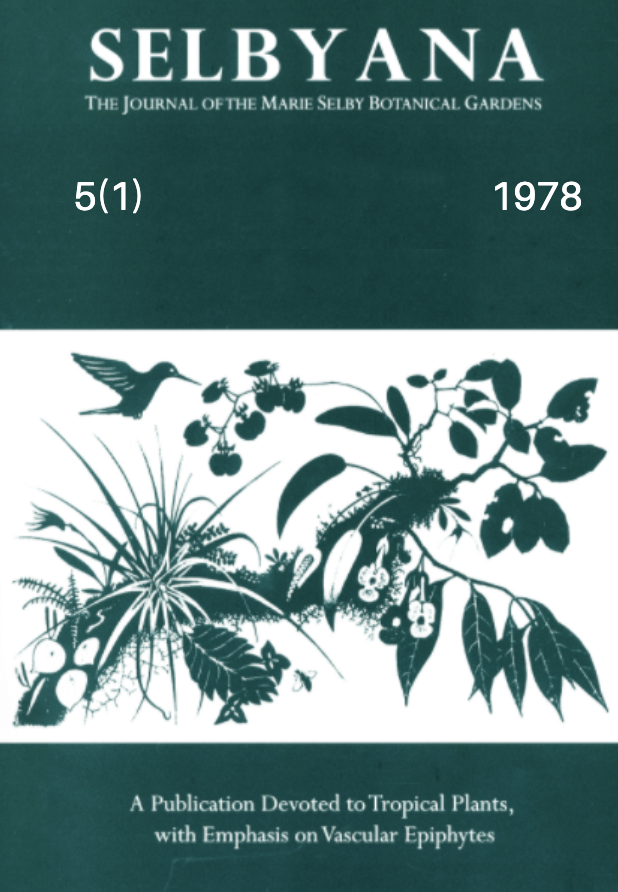Abstract
Epiphytes cast significant shade and cause limb breakage when they are present in great numbers in the crowns of host trees. These considerations aside, the classical notion persists among most botanists that vascular epiphytes are basically commensals with nonspecific host preferences and little negative impact on their supports. However, accounts have been accumulating at an increasing rate which suggest that some trees may, in fact, be adversely affected in a more systemic manner by their epiphytic associates (Cook, 1926; Went, 1940; Ruinen, 1953; Furman, 1959; Johansson, 1974, 1977; Benzing, Seemann & Renfrow, 1978). The authors of these reports
postUlate that, under some circumstances, heavily infested hosts may be forced into states of nutritional stress by the activities of their epiphytes. Conventional parasitism, epiparasitism and, most recently (Benzing & Seemann, 1978), stress-inducing degrees of nutritional piracy have been suggested as operative in the supposedly commensalistic epiphyte-host relationship. Attempts to describe the role epiphytes play in tropical forest ecology in a context of parasitism or within that of the biologically distinct but functionally equivalent phenomenon of nutritional piracy are motivated by the increasing realization that many trees harboring orchids or bromeliads experience reduced vigor as their infestations grow heavier.
Open Access and Copyright Notice
Selbyana is committed to real and immediate open access for academic work. All of Selbyana's articles and reviews are free to access immediately upon publication. There are no author charges (APCs) prior to publication, and no charges for readers to download articles and reviews for their own scholarly use. To facilitate this, Selbyana depends on the financial backing of the Marie Selby Botanical Gardens, the hard work and dedication of its editorial team and advisory board, and the continuing support of its network of peer reviewers and partner institutions.
Authors are free to choose which open license they would like to use for their work. Our default license is the Creative Commons Attribution-NonCommercial 4.0 (CC BY-NC 4.0). While Selbyana’s articles can be copied by anyone for noncommercial purposes if proper credit is given, all materials are published under an open-access license with authors retaining full and permanent ownership of their work. The author grants Selbyana a perpetual, non-exclusive right to publish the work and to include it in other aggregations and indexes to achieve broader impact and visibility.
Authors are responsible for and required to ascertain that they are in possession of image rights for any and all photographs, illustrations, and figures included in their work or to obtain publication or reproduction rights from the rights holders. Contents of the journal will be registered with the Directory of Open Access Journals and similar repositories. Authors are encouraged to store their work elsewhere, for instance in institutional repositories or personal websites, including commercial sites such as academia.edu, to increase circulation (see The Effects of Open Access).
